Unlocking a Master Lock can sometimes be an intimidating prospect, especially if you don’t know the combination to the lock. Whether you are trying to free a suitcase or open up an old locker at school or work, knowing how to drill out a Master Lock securely and effectively is essential. In this guide, we will walk through the step-by-step process of drilling out a Master Lock safely and efficiently so that you can unlock whatever it is that’s preventing access! With our useful tips and detailed workflow background information on hand, your project will become simple and hassle-free!
Things Need To Consider Before Drilling Out A Lock
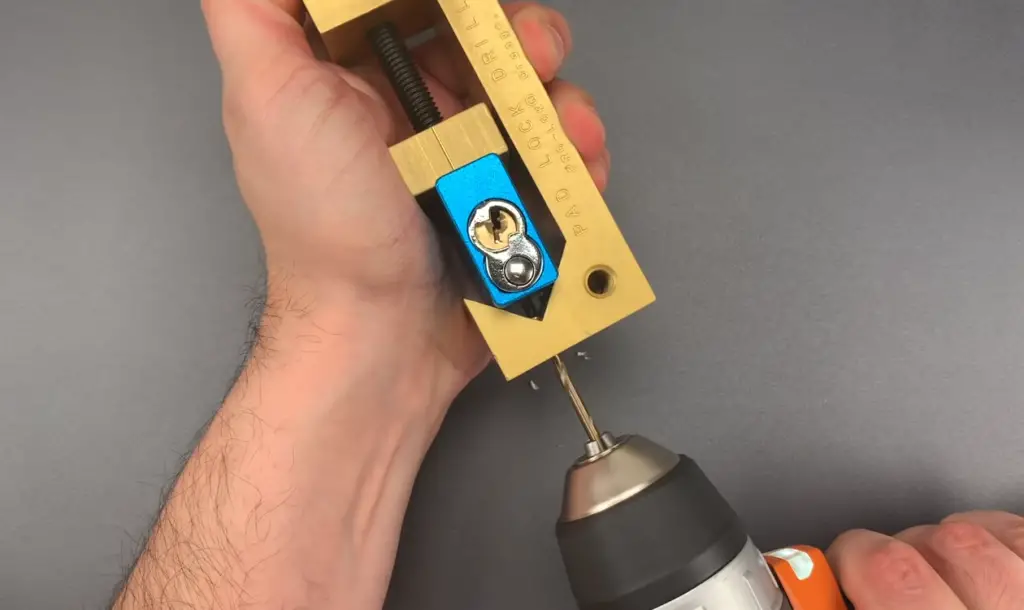
Here are some things to consider before drilling out the lock:
- Safety – Drilling a lock involves the use of sharp tools, so you’ll need to take the appropriate safety precautions. Wear protective gear and secure the lock in a vice or clamp before beginning.
- Type of Lock – Different locks require different techniques for successful drilling. Ensure you know what type of Master Lock.
- Drill Bits – Proper drill bits are essential for drilling out a lock. Make sure you have the right size bit for your type of lock, as using the wrong size can cause damage to the lock and/or drilling tool.
- Technique – Drilling out a Master Lock requires precision and patience. Take your time with it and pay attention to what you’re doing. Make sure to evenly distribute the pressure and keep the drill bit in constant contact with the lock in order to cleanly remove it.
- Lubrication – Using a lubricant like WD-40 or graphite spray can help ensure that your drilling is more efficient and smooth. Ensure not to use too much, as this could cause damage to the internal components of the lock.
These are just some of the things to consider when drilling out a Master Lock. If you don’t feel comfortable with this task, it’s best to leave it to a professional locksmith rather than risk damaging your lock or injuring yourself in the process. Always take safety precautions and ensure that you have the right tools and technique before attempting this procedure.
Picking The Lock
It is important to first ascertain whether or not the lock can be picked. With the right tools and some practice, it is possible to unlock any Master Lock without drilling. If you are unsuccessful at picking the lock or lack confidence in your ability to do so, only then should you consider drilling out the lock as a last resort option.
When picking a Master Lock, one of the most important considerations is having the proper tools available. The most common tools used for picking a Master Lock are tension wrenches, pick sets and often-times lock picks. Most of these tools can be found at your local hardware store or online.
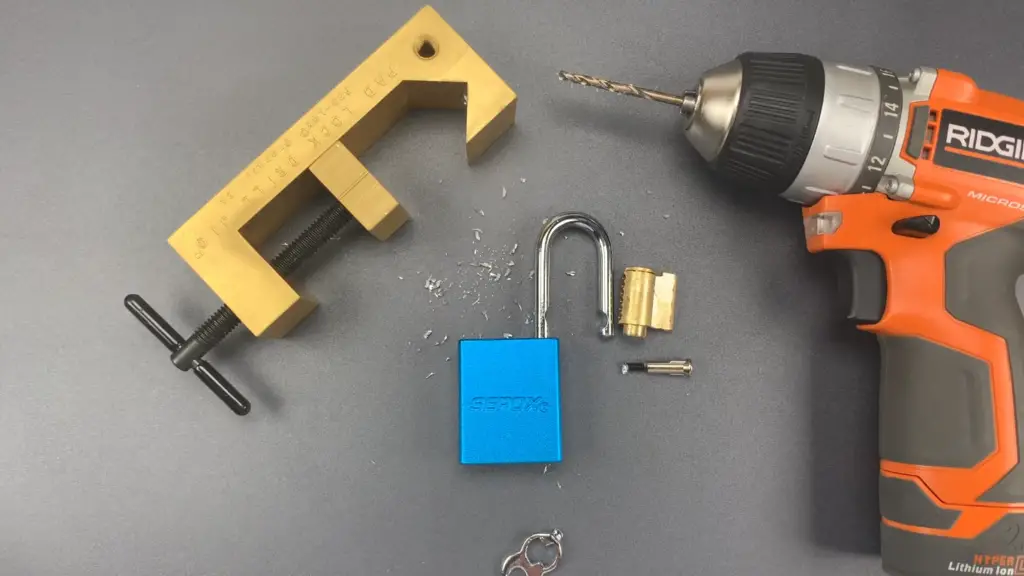
Once you have the proper tools on hand, you will need to familiarize yourself with how to use them correctly in order to successfully pick the lock. There are many tutorials available online which can teach you how to pick a Master Lock.
It is also important to recognize when it is not possible to pick the lock. If the lock has been damaged, does not turn, or appears to be jammed then it may not be possible to pick and drilling out the lock may be your only option.
Bumping The Lock
If drilling the lock is not an option, bumping can be used as a way to open the Master Lock. Bumping is done by inserting a bump key into the lock and tapping it with a hammer or similar object. The idea behind this technique is that the small force created by the impact of the bump key will cause one of its pins to separate from the others and allow the cylinder to turn.
The bumping process is not as reliable as drilling but it may be an option when drilling is not possible or desirable. However, it does require a specialized key blank made specifically for Master Lock locks which can be difficult to find and even more challenging to use correctly.
If you attempt bumping your lock, wear protective gear and practice safety first. Also, remember that even if the bump key is successful in unlocking the lock, it may be damaged or worn beyond use afterwards.
Using Replacement Lock
If you don’t feel comfortable drilling out your Master Lock, you can always replace the lock cylinder. This is a much simpler task. It takes just a few minutes to make sure that everything fits properly and then unscrew the old lock cylinder and screw in the new one.
Replacement cylinders are available from many online and hardware stores, so you shouldn’t have any difficulty finding one that fits your lock. If you can’t find the exact match to your lock, then you can easily get a slightly different sized cylinder that will still work with your Master Lock.
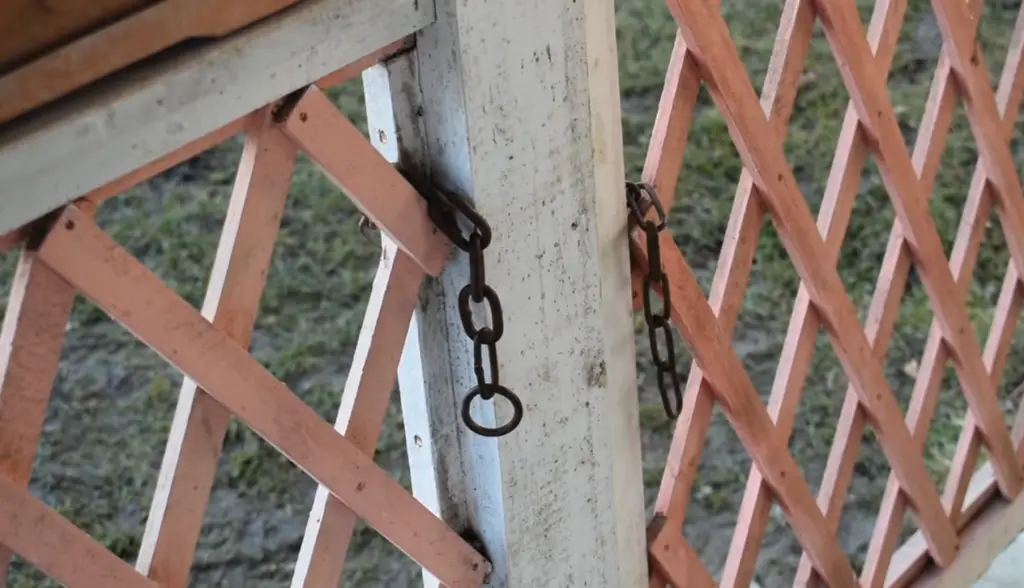
Once the new cylinder is in place, all you need to do is insert the same key combination as before and the lock will be opened. This is a much simpler and less destructive alternative, so it is worth considering if you don’t want to drill into your lock. [1]
Don’t forget that any time you replace or repair your Master Lock, keep track of the new key combination so you won’t have to go through the hassle of drilling out the lock in the future. With proper maintenance, your Master Lock should last a very long time with no need for further repairs or replacements.
How To Drill Out A Lock On A Safe
If you’ve ever had your locksmith tell you that they can’t open your safe, then there’s a chance that drilling out the lock is your only option. Drilling out locks isn’t a simple task and should only be attempted by experienced professionals. Here’s what you need to know:
Tools Needed
You will need an electric drill, hammer bit, a small center punch, and lubricant. The size of the drill bits varies based on the lock and safe type. An experienced locksmith will know what size bit is needed to replace the lock.
Use A Hammer
Start Drilling
Use lubricant while drilling to reduce friction and protect your drill from wear and tear. After a few minutes of drilling, the barrel of the lock should be fully exposed.
Apply Steady Pressure
Once the barrel of the lock is exposed, use a screwdriver to push it out. Apply steady pressure while doing this and be careful not to damage any internal components. After carefully extracting the barrel, you will have successfully drilled out the lock!
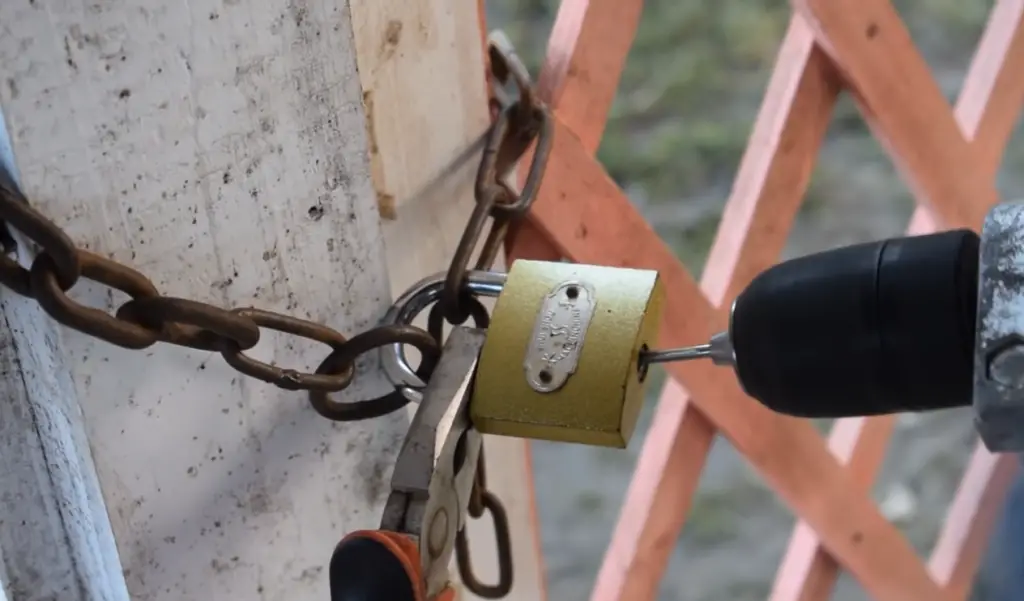
Switch To A Slightly Larger Bit
Consider switching to a slightly larger drill bit. This will ensure that your new lock fits properly and is secure. Test-fit the new lock before securing it in place.
Insert The Screwdriver
Once the new lock is in place, you can insert a screwdriver into the hole left by the drill. This will help secure and tighten the new lock to your safe. You may need to use a small wrench or pliers to make sure that everything is tightened properly.
Destroy The Lock Mechanism
This will ensure that it cannot be used again and render the old lock useless. To do this simply remove any remaining pieces from the drill hole and then throw them away.
With these tips and the right tools, you can replace the lock on your safe and keep it secure. Remember to always consult a professional. [2]
FAQ
How do I remove a master lock without a key?
There are several ways. Depending on the type of lock, you may be able to open it with a bobby pin or other tool. If these methods don’t work, however, drilling out the lock is often the only effective way to open it. The process requires some skill and patience but can be done effectively if you follow the right steps.
What size drill bit do I need to drill out a master lock?
Drilling out a lock is not the most difficult task but there are some things you should consider before attempting such a task. The most important factor to keep in mind is that you will need the right size bit for your particular Master Lock. Generally, Master Locks have hardened steel cores and require small drill bits; usually ranging from #40 through #60 drill bits for the majority of locks. However, if you’re drilling out a padlock, you may need to use larger bits such as #5 or even #7. It is important to note that using a smaller bit than what is required will cause your drill to stall and can result in damage to the lock’s core. [3]
Measure the diameter of the lock’s keyhole or shackle. This will help you select the correct size bit and ensure that you don’t accidentally purchase a bit that is too large. Additionally, it is important to note that even for smaller locks such as pin tumblers or tubular locks, a larger bit can be necessary as they often have hardened steel cores.
Finally, use plenty of lubrication and drill slowly. Applying lubrication to the bit is essential for reducing friction and preventing overheating. Additionally, using a slow drilling speed can effectively minimize any potential damage to the lock’s core.
Can you drill a lock out?
Yes, you can. Doing so requires specialized tools and knowledge of the different types of locks and drilling techniques. The process may seem daunting, but with patience and practice it is possible to gain the skills needed to successfully drill out the lock. [4]
How do you remove a master lock?
There are several ways to remove a lock, but drilling is often the most effective solution. Here’s what you need to do:
- Obtain the right tools for the job. Ensure your bit is specifically designed for locks that has an industrial strength carbide tip and is at least 1/4” in diameter. A standard drill bit won’t work for this job.
- Make sure the lock is secure and won’t move while you drill into it. You don’t want to damage the lock any more than necessary, so make sure it is secured in a vice or similar device before proceeding.
- Locate the lock’s center and mark it with a marker or pen. This will be where you want to drill into, so make sure it is accurately marked for precision.
- With your drill set on reverse, carefully insert the bit into the hole in the center of the lock and start drilling at slow speed until you hear a noticeable click.
- Once you have drilled through the lock, use a flathead screwdriver to maneuver the inner workings of the lock and release it.
- You can then remove the lock from whatever it is attached to and dispose or replace it as necessary. [5]
Drilling out a Master Lock isn’t recommended unless absolutely necessary, as it will permanently damage the lock. When possible, try using a professional locksmith or other methods such as picking or bumping first. If none of these options are available or don’t work for you, then drilling may be the only option left.
Remember to always use caution when drilling into a lock and make sure to wear safety glasses and gloves to protect yourself. With the right tools and technique, you can safely remove a Master Lock without damaging it too much.
Useful Video: [997] Drilling a Padlock the Fast and Easy Way
Conclusion
Drilling out a Master Lock can be intimidating, especially if it’s your first time. But with the right tools and knowledge, you can do it safely and effectively. When drilling out a Master Lock, make sure that you have all of the necessary equipment on hand – including drill bits, lubricant, screwdrivers, and protective eyewear. Also remember to take your time and be careful as you drill, ensuring that you go slowly and steadily. Lastly, if possible, consider using an alternate unlocking method such as picking or bumping before drilling out a Master Lock. Follow these tips for a successful Master Lock drilling experience!
References
- https://www.handles4doors.co.uk/blog/post/how-to-drill-out-a-new-lock
- https://www.wikihow.com/Open-Master-Locks
- https://housegrail.com/how-to-drill-out-a-lock/
- https://unitedlocksmith.net/blog/6-things-you-must-do-before-drilling-a-lock
- https://revolar.com/open-a-master-lock-without-a-key/





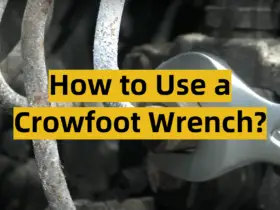
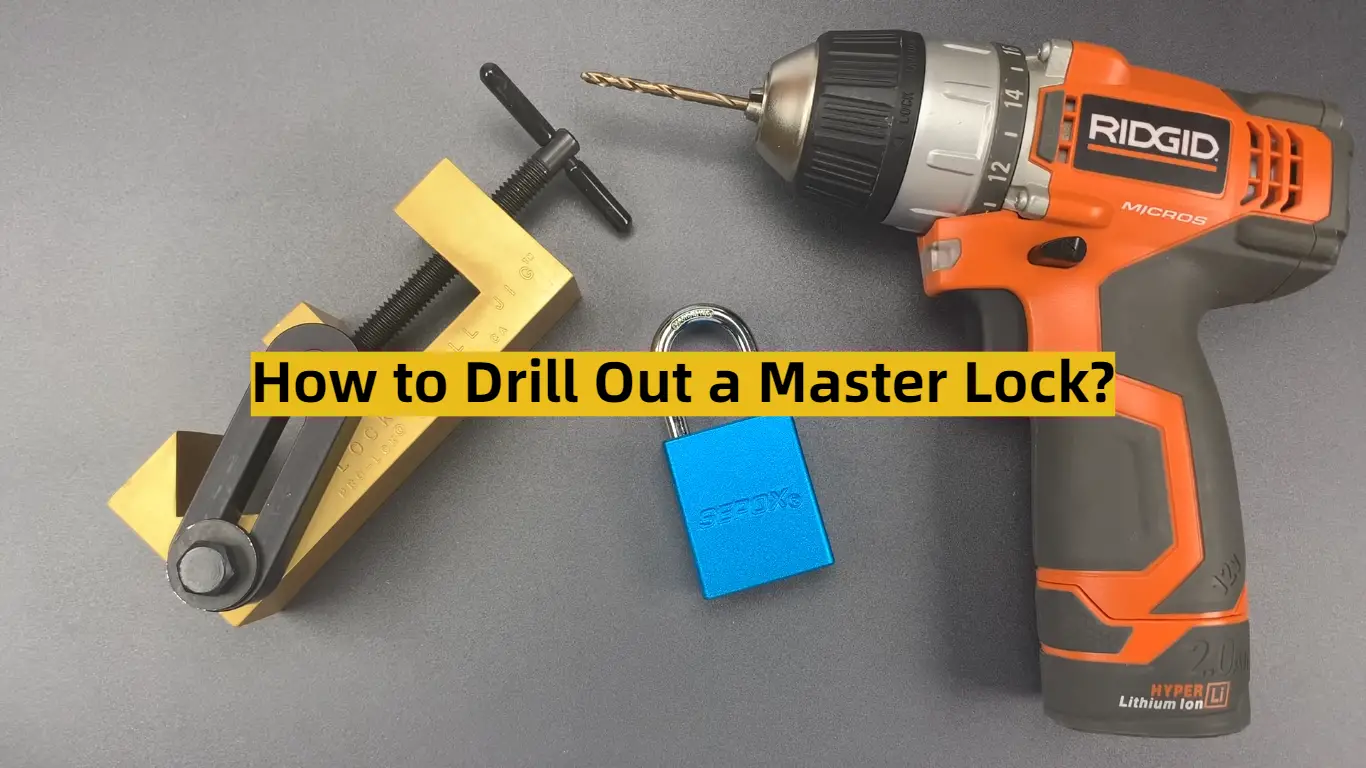




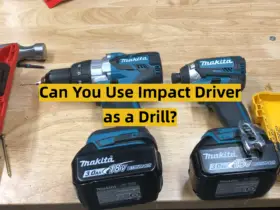

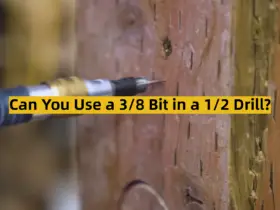
Leave a Reply